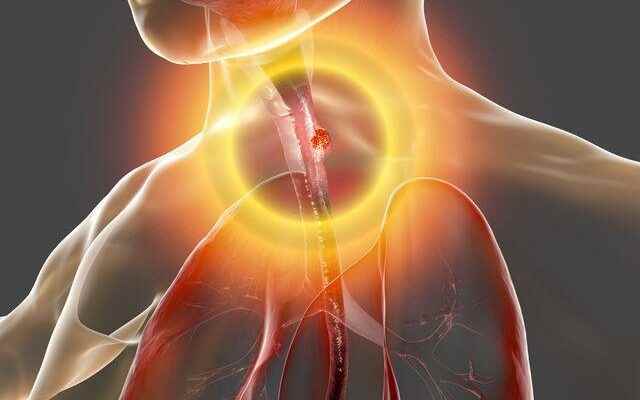Ear Nose and Throat Diseases (ENT) Specialist Dr. Lecturer Bahar Kayahan Sirkeci stated that head and neck cancers are a type of cancer of extremely vital importance and said, “The most common cancers of the larynx, lip and tongue are in Turkey. Head and neck cancers are seen approximately 5 times more in men than in women. The incidence of these cancers increases with age.
IT LOOKS MOST IN MEN
He said that about 10 percent of all body cancers are made up of head and neck cancers and that it is an extremely vital type of cancer. Dr. Instructor Sirkeci stated that head and neck cancers include cancers of the oral cavity, lips, tongue, nose, nasal cavity, sinuses in the facial bones, pharynx, auricle and external auditory canal, thyroid gland, entrance of the esophagus and salivary glands. . Noting that larynx, lip and tongue cancers are the most common in Turkey, Dr. Instructor Member Sirkeci said, “Head and neck cancers are seen approximately 5 times more in men than in women. The incidence of these cancers increases with age.
‘MANY SYMPTOMS AT EARLY PERIOD’
Dr. Instructor Member Sirkeci stated that smoking is the most important cause of head and neck cancers and said:
“However, alcohol use and HPV virus infections and poor oral hygiene are among the important factors. In addition, exposure to sunlight is an important risk factor for lip and head and neck skin cancers. Many of the head and neck cancers show symptoms in the early period, which facilitates early diagnosis. Symptoms include swelling in any area of the head and neck (growing in size), non-healing sores in the mouth, tongue or lips, difficulty chewing and swallowing, persistent hoarseness or change in voice, difficulty breathing or speaking. Head and neck cancers are cancers with high treatment success rates if diagnosed early. Endoscopic imaging, radiological imaging (USG, CT, MRI) and biopsy play an important role in diagnosis. There is no standard treatment for head and neck cancers and each patient’s treatment is different. Multiple factors such as the location of the disease, the stage of the disease, the age of the patient and other health problems are effective in the treatment planning. While a single treatment option may be sufficient for early-stage patients, combined treatments may be appropriate for some patients. Treatment; It consists of surgery, radiotherapy and chemotherapy options. Combinations of these can also be made. The primary treatment for many head and neck cancers is surgery.”
‘THE RISK IS HIGHER IN TOBACCO AND ALCOHOL USERS’
Noting that the treatment of head and neck tumors is handled with a multidisciplinary approach, Dr. Instructor Member Sirkeci said, “The patient receives maximum benefit by working in coordination with the Otorhinolaryngology, radiology, medical oncology and in cases where reconstruction is required, in coordination with the plastic and reconstructive surgery departments during the patient’s examination, examination process, and treatment planning stages. The risk of developing cancer is higher for those who use both tobacco products and alcohol than those who use only one of these two. Another important factor in the development of head and neck cancers is the sexually transmitted HPV (Human Papilloma Virus), which especially causes oropharyngeal cancer. Other causes include poor oral hygiene, radiation exposure and EBV (Ebstein Barr Virus) infections. (DHA)
